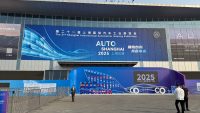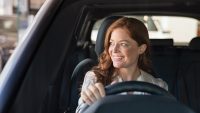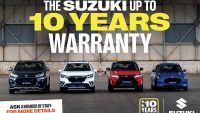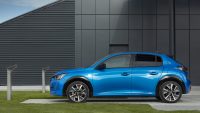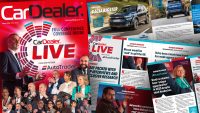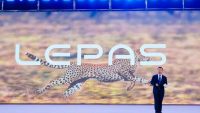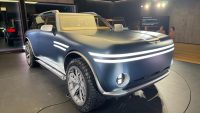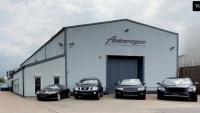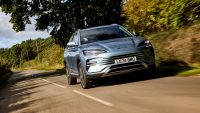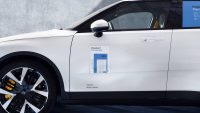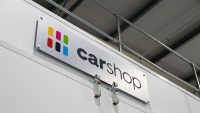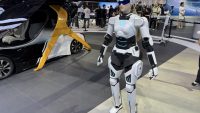Tesla has finally shown off its ‘Robotaxi’ – a sleek, self-driving coupe that previews the company’s vision for a fleet of autonomous cars.
Chief executive Elon Musk revealed the Cybercab at the Warner Bros studios, in Hollywood, alongside a self-driving van with seating for 20 people, dubbed ‘Robovan’.
Both vehicles dispense with steering wheel and pedals, and use AI tech and cameras rather than Lidar sensors for their autonomous driving. They also charge wirelessly, and therefor don’t feature charging ports.
Musk also expressed confidence in the progress the company has made on autonomous driving technology that makes it possible for vehicles to drive without human intervention.
Tesla began selling the software, which is called Full Self-Driving, nine years ago but there are doubts about its reliability.
‘We’ll move from supervised Full Self-Driving to unsupervised Full Self-Driving. where you can fall asleep and wake up at your destination,’ he said. ‘It’s going to be a glorious future.’
Tesla expects the Cybercabs to cost under 30,000 dollars (£23,000), and Musk estimated the vehicles would become available in 2026, then added ‘before 2027’.
The company expects to make the Full Self-Driving technology available on its popular Model 3 and Model Y vehicles in Texas and California next year.
The unveiling of the Cybercab comes as he tries to persuade investors that his company is more about artificial intelligence and robotics as it struggles to sell its core products, an ageing line-up of electric vehicles.
The Tesla and X owner has been saying for more than five years that a fleet of robotaxis is near, allowing Tesla owners to make money by having their cars carry passengers while they are not in use by the owners.
But he has acknowledged that past predictions for the use of autonomous driving proved too optimistic. In 2019, he promised the fleet of autonomous vehicles by the end of 2020.










